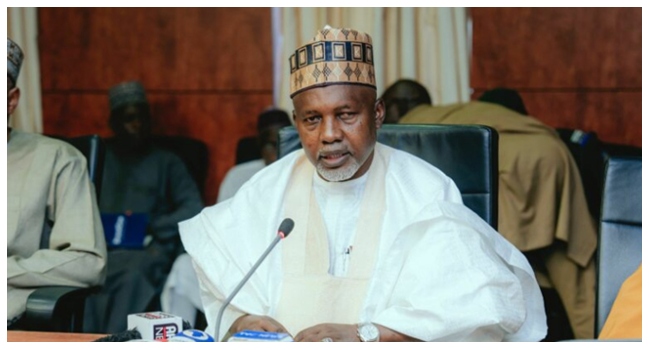FG to Give ₦6.3bn Interest-Free Loans to 21,000 Flood Victims
The Federal Government says it will disburse ₦6.3 billion in interest-free loans to 21,000 Nigerians affected by flood disasters across the country.
The Minister of State for Humanitarian Affairs and Poverty Reduction, Yusuf Sununu, announced this on Monday during a roundtable held in Abuja to mark the 2025 International Day for Disaster Risk Reduction.
The event was attended by Vice President Kashim Shettima, Deputy Speaker of the House of Representatives Benjamin Kalu, Zamfara State Governor Dauda Lawal, lawmakers, and representatives of international partners.
Sununu said the initiative aims to cushion the impact of flooding and address its growing effect on food security nationwide.
“As part of the Hope Agenda of Mr. President, our ministry, through the National Social Investment Agency, has been working to strengthen local resilience,” Sununu said. “So far, more than 8.1 million households have benefited from conditional cash transfers totaling over ₦300 billion.”
He said the new loan scheme—offering up to ₦300,000 per beneficiary—will be rolled out in the coming weeks to help affected households recover from agricultural losses and rebuild their livelihoods.
Sununu also revealed plans to empower internally displaced persons (IDPs) through an initiative designed to create a market for their agricultural produce.
“In partnership with the Federal Ministry of Agriculture, we are supporting food security within IDP camps and host communities,” he said. “Under this scheme, displaced persons will retain 30% of their farm produce, while the government will off-take 70% and pay them the value in cash.”
Earlier, the Director-General of the National Emergency Management Agency (NEMA), Zubaida Umar, said Nigeria continues to face increasing climate-related and human-induced disasters that demand more proactive and well-financed risk management systems.
Umar said NEMA is launching two policy frameworks — the NEMA Strategic Plan (2025–2029) and the National Disaster Risk Reduction Strategy (2025–2030) — to guide prevention and preparedness efforts.
She emphasized the need to shift from reactive responses to sustainable financing mechanisms such as insurance pools, climate funds, and catastrophe bonds to strengthen national resilience.




